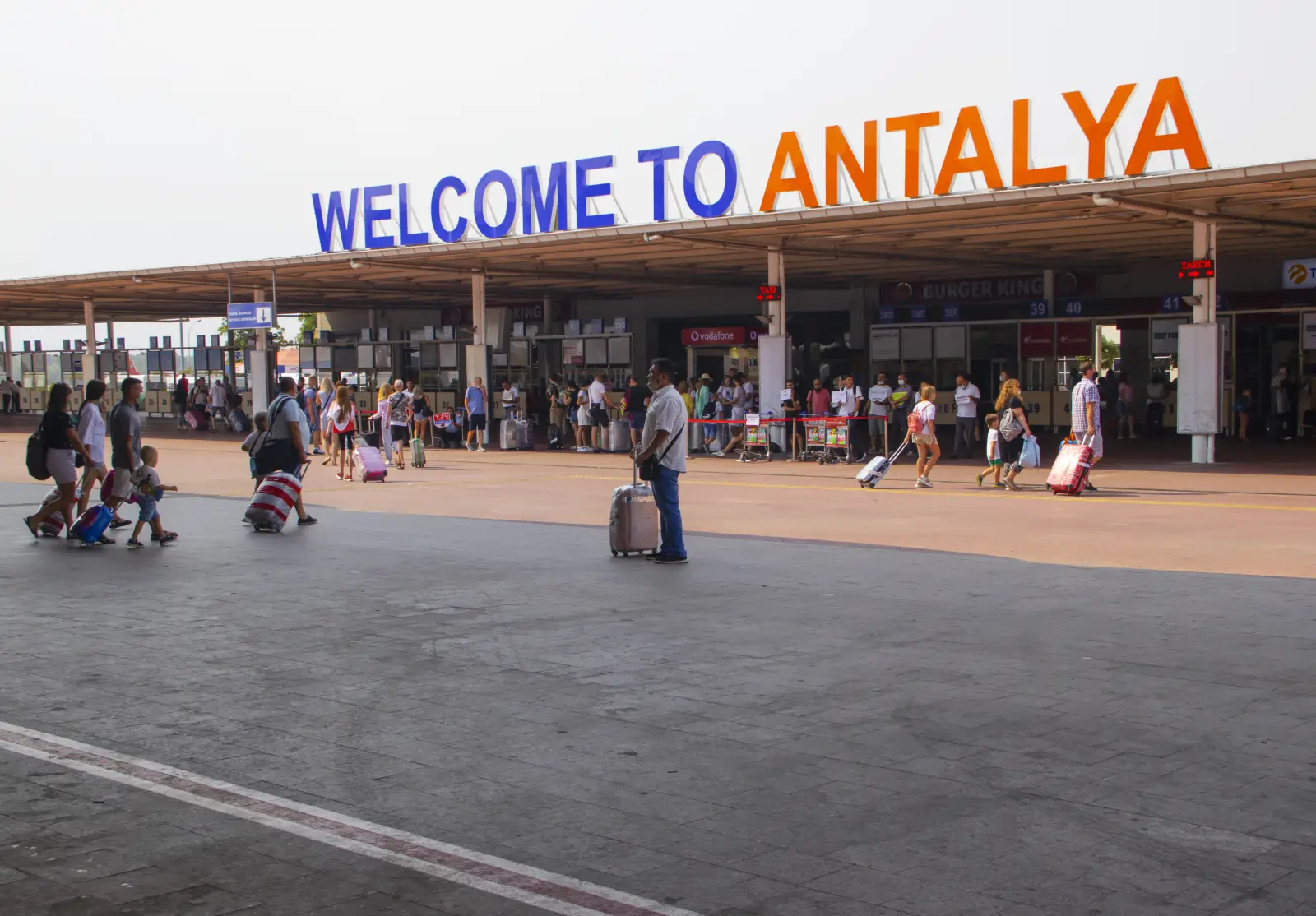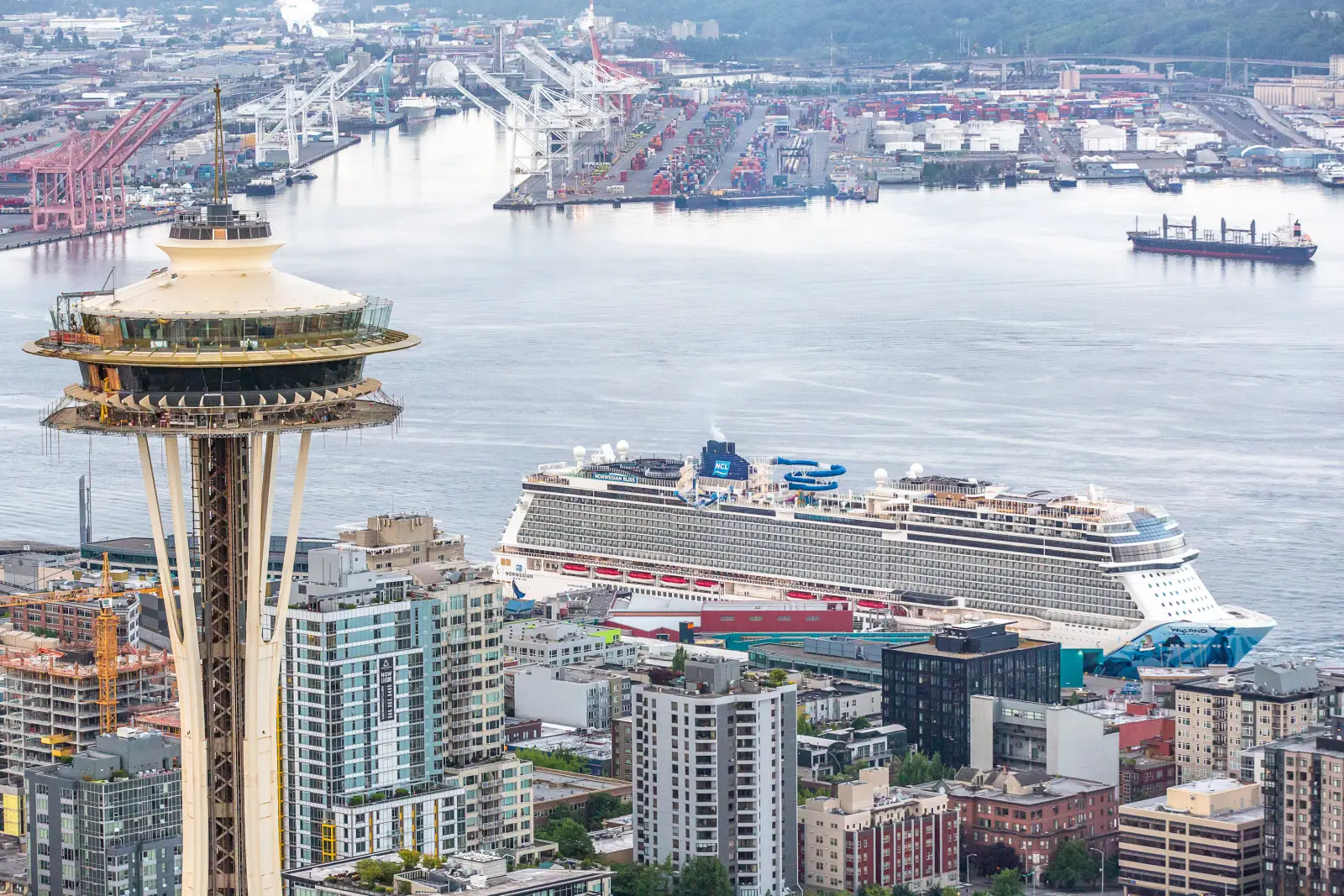Antalya Airport’s visionary upgrade is now officially complete, marking a bold new chapter in Turkey’s aviation and tourism future. With the addition of expansive terminal buildings, smart infrastructure, and an 82 million annual passenger capacity, this Mediterranean gateway is no longer just a seasonal hotspot—it’s an international hub engineered for long-term global relevance.
At the opening ceremony, President Recep Tayyip Erdoğan praised the project’s transformative scale and economic model, highlighting its completion under a public-private partnership that required no government spending. “Not a single penny came from the state’s coffers,” he stated, emphasizing the 927-million-euro investment that has turned the airport into Turkey’s second-largest in terms of capacity.
The new international terminal has expanded from 90,143 to 224,000 square meters, while the domestic terminal grew from 36,859 to 75,000 square meters. Aircraft parking positions increased from 108 to 176. A new state guesthouse, a larger VIP terminal, and enhanced service facilities were also added. These developments allow Antalya to accommodate more than double its previous capacity, up from 35 million to 82 million passengers per year.
Tourism Takes Off in Antalya
Antalya, often dubbed the tourism capital of Türkiye, welcomed over 39 million passengers in 2024, surpassing previous years and indicating an even stronger 2025. Tourism officials anticipate more than 45 million passengers by 2029, spurred by enhanced infrastructure and record interest from both domestic and international travelers.
The timing couldn’t be better. Turkey (Türkiye) is experiencing a tourism boom, and Antalya has become a cornerstone of that growth, serving as a key arrival point for travelers from Europe, the Middle East, and beyond. In 2023, the airport handled more passengers than its stated capacity—a clear sign that expansion was overdue. Now, with modern terminals, streamlined processes, and expanded service areas, the airport is designed to provide a seamless travel experience.
Minister of Transport and Infrastructure Abdulkadir Uraloğlu described the new terminals as smart buildings equipped with advanced automation and climate control systems. He emphasized that the upgrades go beyond aesthetics—this is about speed, comfort, and safety. The airport’s vehicle parking has increased from 1,960 to 7,200 spaces, while a newly constructed 29-kilometer underground fuel pipeline has eliminated the need for 60,000 annual fuel tanker deliveries, reducing emissions and improving safety.
Strategic Infrastructure with Global Vision
This upgrade positions Antalya Airport as more than just a regional destination—it’s now part of a strategic aviation network. Turkey’s aviation expansion includes the opening of Çukurova International Airport in 2024, bringing the total number of active airports in the country to 58, with more on the way. Istanbul Airport closed 2024 with 80.1 million passengers, ranking second in Europe. In a few years, Turkey plans to bring that figure to 200 million across all its airports.
In the background, Turkey is also negotiating airport management agreements with countries like Liberia and Madagascar. These international partnerships reflect a growing demand for Turkish expertise in infrastructure and operations, with Turkish contractors ranking among the world’s top 40.
The broader goal? To position Turkey as a global air hub at the intersection of Europe, Asia, and Africa. “There will be no point in the world that we cannot reach,” Erdoğan declared. That vision now has concrete form in Antalya, a city that has long drawn tourists to its beaches and historic sites—but now welcomes them with an airport on par with the world’s best.
What It Means for Travelers
For travelers, the impact will be immediate and tangible. Longer lines, limited seating, and outdated infrastructure are replaced with efficient check-ins, high-capacity lounges, and faster baggage handling. After a 2-3 hour flight, visitors no longer face frustrating delays at the airport. Instead, they can head straight to their hotels in Belek, Kemer, or Alanya—especially with the construction of a new Antalya–Alanya highway that will cut travel time from four hours to just one.
Minister Uraloğlu also hinted at future plans for “air campuses,” including a new facility in Antalya designed for private jets, emergency aircraft, and training flights. With forest fire risk high in the Mediterranean region, these campuses could also serve as rapid-response centers during crises.
Beyond Antalya, infrastructure projects continue across Türkiye—from new rail lines to metro extensions and digital upgrades. The goal is to make transit faster and smarter, whether by air, rail, or road. And Antalya’s transformation is a vivid example of how those efforts are being realized in real time.
With no passenger guarantees and billions in rental revenue secured through advance payments, Antalya Airport’s expansion is being hailed as a model of public-private synergy. For visitors arriving in the city today, it’s more than a terminal—it’s a symbol of what’s possible when ambition meets execution.















